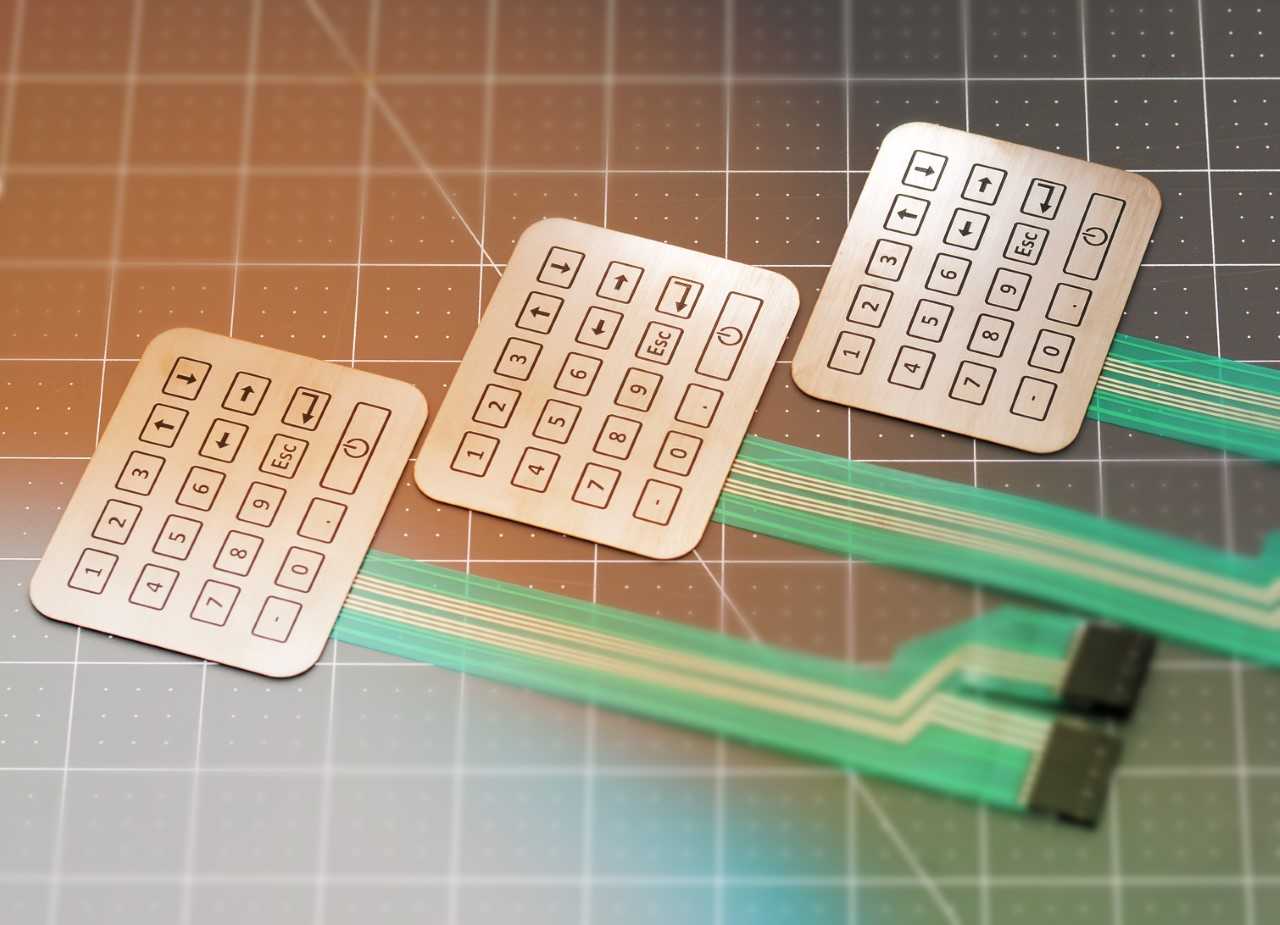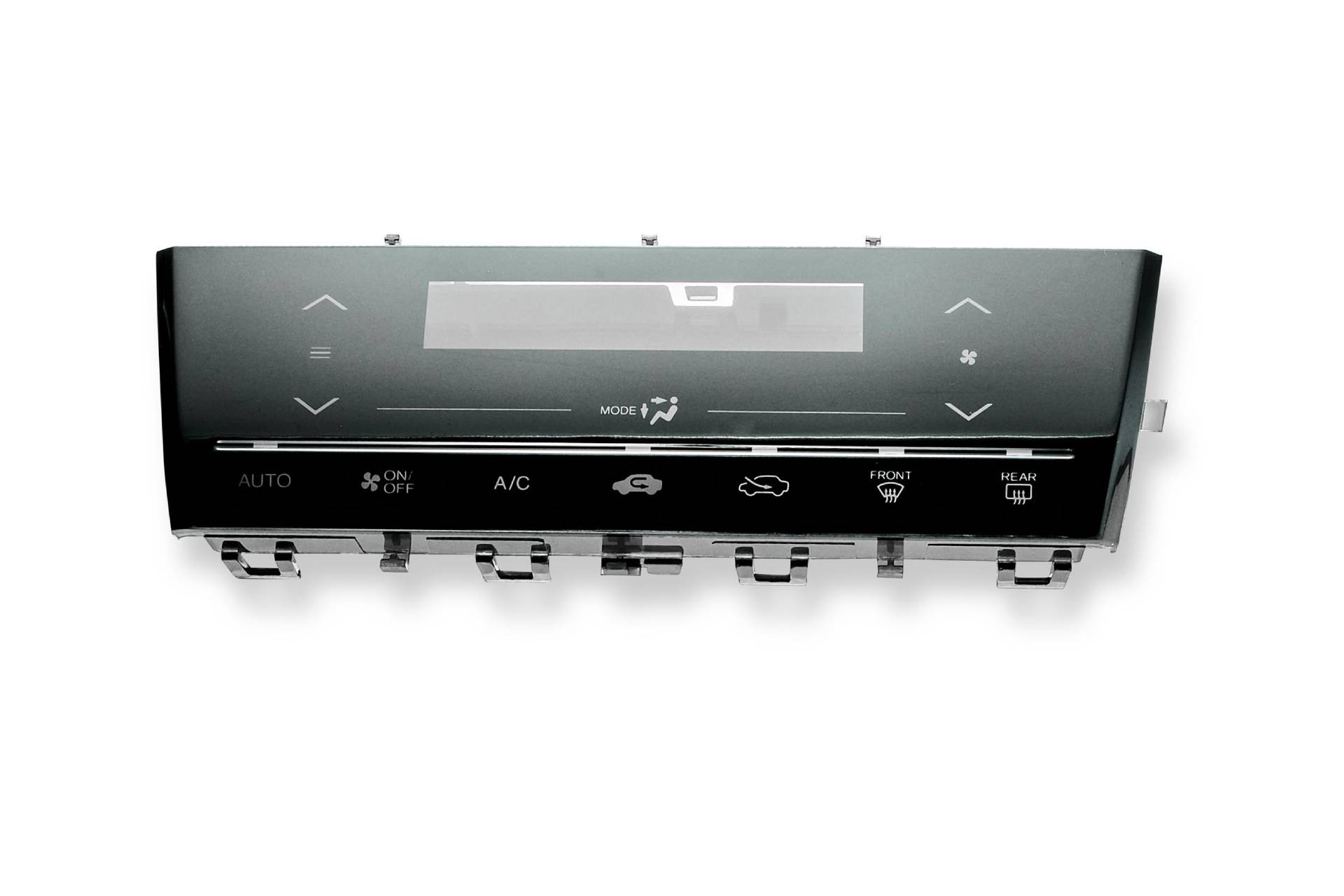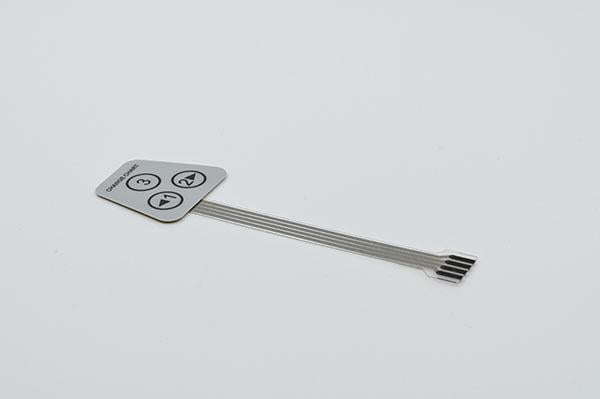Working with the right membrane switch manufacturer can significantly impact your product's performance.
Working with the right membrane switch manufacturer can significantly impact your product's performance.
Blog Article
All Concerning Membrane Switch Over: Comprehending Its Design and Performance
When you think of the control user interfaces in contemporary gadgets, membrane buttons typically enter your mind. These parts are much more than just buttons; they mix design and functionality effortlessly. Comprehending how they work and what makes them reliable can alter your viewpoint on everyday electronics. There are nuances to their layout and efficiency that you could not be conscious of. Allow's explore what sets membrane changes besides other control systems.
What Are Membrane Buttons?

Membrane switches can also be customized concerning form, size, and graphics, enabling suppliers to create distinct user interfaces customized to specific products. In general, membrane buttons play a substantial duty in boosting individual experience throughout a broad array of applications.
How Membrane Changes Work
When you press a trick on a membrane layer switch, it turns on a straightforward yet effective device. membrane switch manufacturer. The top layer, often made of versatile product, pushes down onto a conductive layer below it.
You'll discover that the tactile feedback differs based upon the switch layout, using either a soft click or a more obvious action. When you release the key, the membrane go back to its initial position, reopening the circuit and stopping the signal. This procedure takes place almost instantaneously, guaranteeing a responsive individual experience.
Membrane layer switches are popular because of their resilience and resistance to dust and moisture, making them perfect for various applications, from family home appliances to medical tools. Understanding this operation aids you value their prevalent use.
Key Parts of Membrane Switches
Comprehending the key parts of membrane layer buttons is essential for comprehending their performance and style. At the core, you'll locate the graphic overlay, which provides the visual user interface for customers. Under that, there's a spacer layer that separates the circuit layers, ensuring that they don't make call till pressed. The circuit layer is where the magic occurs; it includes conductive traces that finish the circuit when you press the switch. One more necessary element is the adhesive support, enabling the button to stick to surface areas securely. Finally, the protective layer guards versus environmental elements and use, extending the button's lifespan. Each component plays a substantial duty in guaranteeing dependable performance and individual interaction. By recognizing these elements, you'll get understanding into just how membrane switches run and their relevance in numerous applications.
Products Used in Membrane Change Design
The efficiency and sturdiness of membrane switches greatly rely on the products used in their style. You normally experience polyester and polycarbonate as primary substratums as a result of their outstanding strength and flexibility. These products stand up to scratches and chemicals, making them suitable for requiring atmospheres.
The conductive layers usually make use of silver or carbon, picked for their dependability and conductivity. membrane switch manufacturer. Silver provides superior efficiency, while carbon is a cost-efficient choice. For the overlay, you might think about a matte or shiny coating, depending upon your aesthetic demands and user experience
Adhesives play an essential function also; they bond layers securely and assure longevity. Make certain to choose adhesives that withstand environmental aspects like temperature and moisture. Finally, do not forget the significance of a great printing technique for graphics, as it enhances both performance and aesthetic appeal. Choosing the appropriate materials will ensure your membrane layer button stands the examination of time.
Design Considerations for Membrane Buttons
While making membrane layer buttons, it's crucial to think about different variables that affect their capability and individual experience. Begin by concentrating on the format and switch dimension; make particular they're intuitive and easy to navigate. browse around here Consider the responsive feedback you want to offer-- will users need an obvious click or a softer touch? Additionally, think of the materials you'll use, as they'll impact resilience and aesthetic appeals.
Do not overlook the visuals style; clear labeling and shade contrast are substantial for exposure. Verify your design fits her latest blog ecological factors, like dampness or temperature level variants, which could influence efficiency. Keep in mind the significance of testing models with genuine customers to gather feedback and make essential changes. This iterative procedure helps you refine the style, confirming it fulfills both practical and aesthetic requirements efficiently. By meticulously considering these elements, you'll produce a membrane button that enhances usability and contentment.
Applications of Membrane Layer Buttons
Membrane buttons are flexible components located in various applications, from industrial tools to customer electronics. You'll see their effect in devices that need long lasting user interfaces and in gadgets that gain from smooth styles. Recognizing these applications assists you value the performance and functionality of membrane switches in day-to-day technology.
Industrial Devices Usage
When you're seeking to enhance the functionality of commercial devices, membrane layer buttons supply a reputable service that incorporates sturdiness with easy to use design. These switches are ideal for harsh environments, supplying resistance to dust, moisture, and chemicals. You'll find them in control panels for producing makers, cooling and heating systems, and clinical gadgets, where accuracy and responsiveness are crucial. Their reduced profile indicates they fit flawlessly into different devices, saving valuable room while preserving ease of use. With customizable graphics and backlighting choices, you can produce an user-friendly interface for operators, improving effectiveness and safety. Plus, their lengthy life-span lowers maintenance prices, making them a smart investment for your commercial applications. Welcome membrane buttons to simplify your procedures and enhance total efficiency.
Customer Electronic Devices Integration
In the domain name of consumer electronics, membrane buttons play a necessary function in improving user interaction and device capability. Membrane switches also ensure sturdiness and resistance to dust and wetness, extending the life expectancy of your electronics. By picking membrane layer switches, you improve not simply the functionality however additionally the design of your gadgets, making day-to-day interactions smooth and satisfying.
Advantages and Downsides of Membrane Layer Buttons
While membrane layer buttons provide a variety of benefits, they likewise come with some drawbacks that you must consider. One substantial benefit is their compact design, making them perfect for space-constrained applications.

Nevertheless, there are disadvantages. Membrane buttons can have a much shorter life expectancy compared to mechanical switches, specifically under heavy usage. They can likewise be less tactile, which may influence user responses throughout operation. Additionally, if damaged, fixing them can be difficult and typically needs full substitute. Ultimately, their sensitivity to severe temperatures and environmental conditions might restrict their performance in certain setups. Stabilizing these pros and cons will assist you identify if membrane layer switches are the appropriate suitable for your project.
Often Asked Concerns
How Much Time Do Membrane Switches Over Generally Last?
Membrane layer switches normally last between 5 to one decade, depending on use and ecological conditions. You'll wish to Continued evaluate aspects like wear, exposure to dampness, and temperature variations to evaluate their durability successfully.
Can Membrane Switches Over Be Personalized for Specific Styles?
Yes, you can tailor membrane layer switches to fit details designs (membrane switch manufacturer). You'll have the flexibility to choose shades, shapes, and designs that match your job's needs, guaranteeing they mix perfectly with your total visual
What Is the Price Range for Membrane Switch Over Production?
The cost range for membrane switch production commonly drops between $1 and $10 per system, depending upon factors like style complexity, quantity, and materials. You can get quotes from manufacturers to find the most effective choice.

Are Membrane Layer Switches Water Resistant or Resistant?
Membrane switches can be developed to be water resistant or immune, relying on materials made use of and building and construction techniques. If you need them for wet atmospheres, assure you specify those demands throughout the style process.
Just How Do Membrane Layer Changes Contrast to Standard Buttons?
Membrane layer switches are normally thinner and much more versatile than standard buttons, providing a sleek layout. They're commonly less complicated to clean up and incorporate, but may not provide the responsive feedback you're made use of to with mechanical choices.
Final thought

Report this page